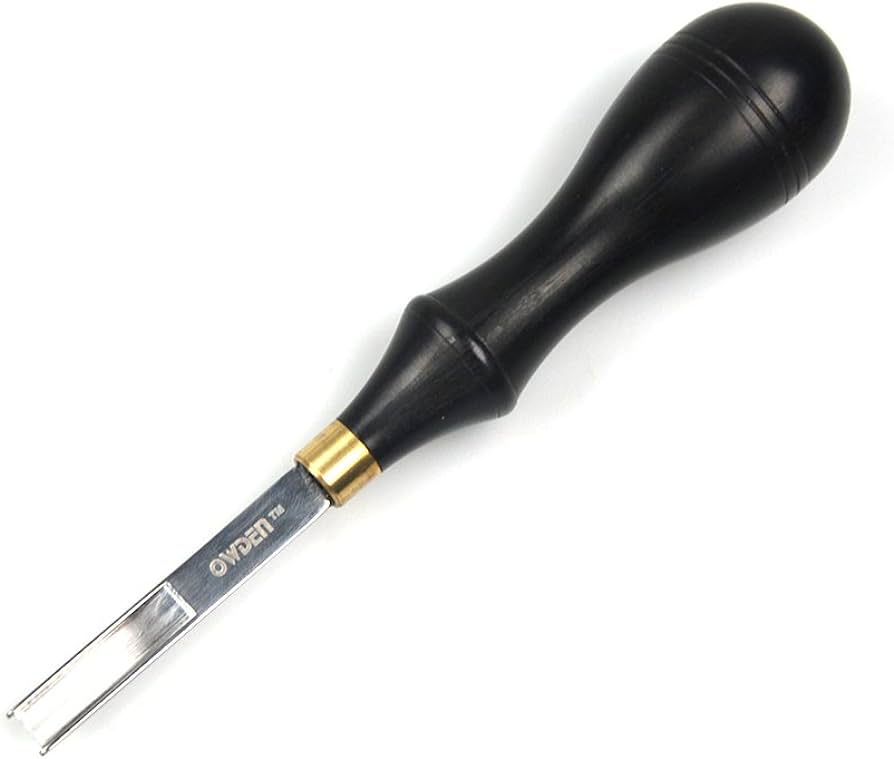Are you tired of struggling with thick leather or plastic materials? Do you want a tool that can easily trim and shape any material to your desired shape? Look no further than the skiving tool!
In this comprehensive guide, we will provide a thorough overview of skiving tools, including their uses, types, and how to choose the best one for your needs. So let’s dive in!
What is a Skiving Tool?
A skiving tool is a type of cutting tool that is used to remove excess material from the edge of a piece of leather or other materials such as paper, fabric, or plastic. This tool allows you to thin down the edge of the material and create a beveled edge, which enables easier stitching and folding.
Skiving tools are commonly used in various industries such as fashion, upholstery, shoe-making, and even in bookbinding. They come in different shapes and sizes, but all serve the same purpose – to make precision cuts on tough materials.
Types of Skiving Tools
There are several types of skiving tools available on the market today. Each type has its unique features and is designed for specific tasks. Here are some common types:
1. Manual Skiving Knife – This type of skiving knife is operated manually by holding it with your hand and applying pressure on the blade. It requires good control and experience to ensure accurate cuts.
2. Electric Skiver – An electric skiver uses an electric motor to power the blade, making it easier to handle for longer periods without causing fatigue.
3. Rotary Blade Skiver – This type of skiver uses a circular blade that rotates at high speed to cut through thicker materials with ease.
4. Handheld Skiving Machine – A handheld machine is a portable device that allows you to make quick cuts on small pieces of material. It is perfect for those who are always on the go.
How to Choose the Best Skiving Tool
Choosing the right skiving tool can be a daunting task, especially if you are new to this field. However, there are several factors to consider before making your purchase. Here are some essential things to keep in mind:
1. Material Type – The type of material you will be working with will determine the type of skiving tool you need. For example, if you work with thick leather, you need a skiver that has a sturdy blade and enough power to handle the job.
2. Blade Quality – A high-quality blade is essential for achieving precise cuts and avoiding rough edges. Look for blades made from durable materials such as stainless steel or carbide.
3. Blade Angle – The angle of the blade determines how much material is removed from the edge of the material. A shallow angle is suitable for thinner materials, while a steeper angle is needed for thicker ones.
4. Ergonomics – The comfort of using a skiving tool is crucial, especially if you use it for extended periods. Look for tools with ergonomic handles and balanced weight distribution.
5. Brand Reputation – When it comes to buying any tool or equipment, brand reputation matters. Opt for well-known brands that have a proven track record of producing quality tools.
Skiving Tool Maintenance
To ensure your skiving tool lasts longer and performs optimally, proper maintenance is necessary. Here are some tips on how to maintain your skiving tool:
1. Clean after Every Use – Use a soft cloth or brush to remove any debris or dirt from the blade and handle after each use.
2. Sharpen Regularly – Dull blades can cause poor cuts and damage to materials. Sharpen your blade regularly using sharpening stones or other sharpening tools.
3. Lubricate Moving Parts – Apply lubricant to moving parts such as pivots and joints to reduce friction and prevent wear and tear.
4. Store Properly – Keep your skiving tool in a dry, cool place away from direct sunlight to prevent rust or damage to the blades.
Conclusion
A skiving tool is an essential tool for anyone who works with tough materials such as leather, fabric, or plastic. With the right tool, you can easily trim and shape any material to your desired shape. When choosing a skiving tool, consider the factors mentioned above, such as blade quality, angle, ergonomics, and brand reputation.
Remember to maintain your skiving tool properly by cleaning after use, sharpening regularly, lubricating moving parts, and storing correctly. By following these guidelines, you can ensure that your skiving tool lasts longer and performs optimally.
Wiki Reference: https://en.wikipedia.org/wiki/Skiving_tool




